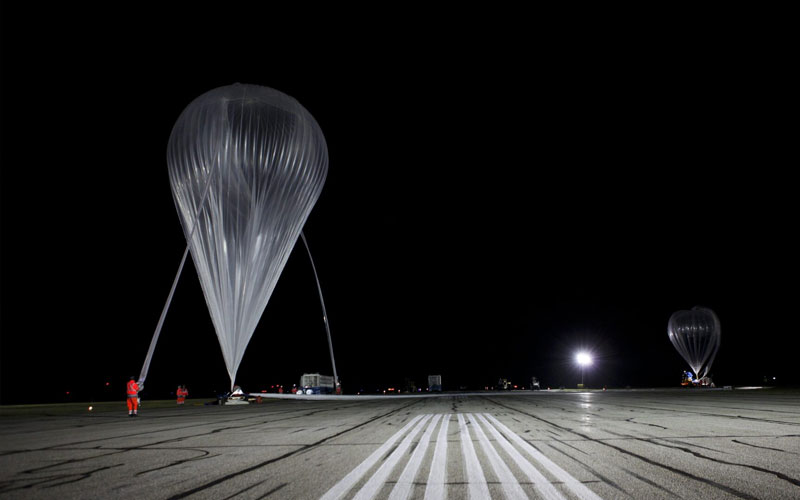
CNES has renewed its contract with aerospace and defense company HEMERIA to produce stratospheric balloons for the French space agency’s scientific campaigns.
Signed on 11 October, the agreement will see HEMERIA produce 50 open stratospheric balloons, including the main balloons and associated auxiliary balloons, and 40 pressurized stratospheric balloons. The agreement will span four years. The company is required to deliver approximately 30 pressurized balloons to CNES by September 2025 for the next stage of the CNES Strateole-2 balloon release campaign.
Strateole-2 aims to study atmospheric events above the equator. The French-led project includes researchers from the US, India, Australia, and Italy. Each campaign of the project includes the launch of several balloons that are capable of staying aloft at altitudes of between 18 and 20 kilometres for over three months, drifting with the winds for distances up to 80,000 kilometres.
HEMERIA will fulfill the CNES order from its Ayguesvives site, which is southeast of Toulouse. The production facility features three production lines dedicated to stratospheric balloons. The facility can produce balloons up to 200 metres long.
“This type of contract brings a certain stability to the Ayguesvives site, which has experienced several changes in governance in the past and reminds us of the extent to which the skills found there are important for balloon science campaigns,” explained Caroline LAURENT, Director of Orbital Systems and Applications at CNES. “Its direct contribution to improving knowledge of the climate and its developments and, more generally, to the monitoring of our beautiful planet is undeniable.”
In order to manage the large CNES order, HEMERIA is in the process of growing its Ayguesvives team.




